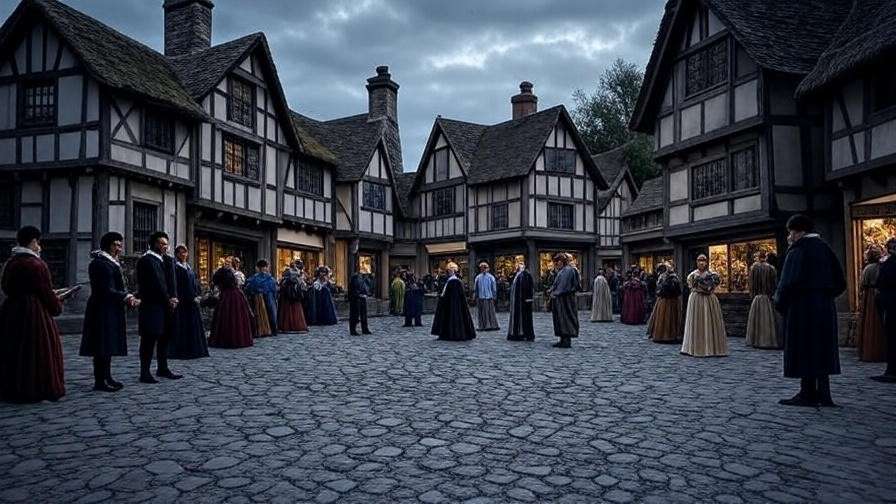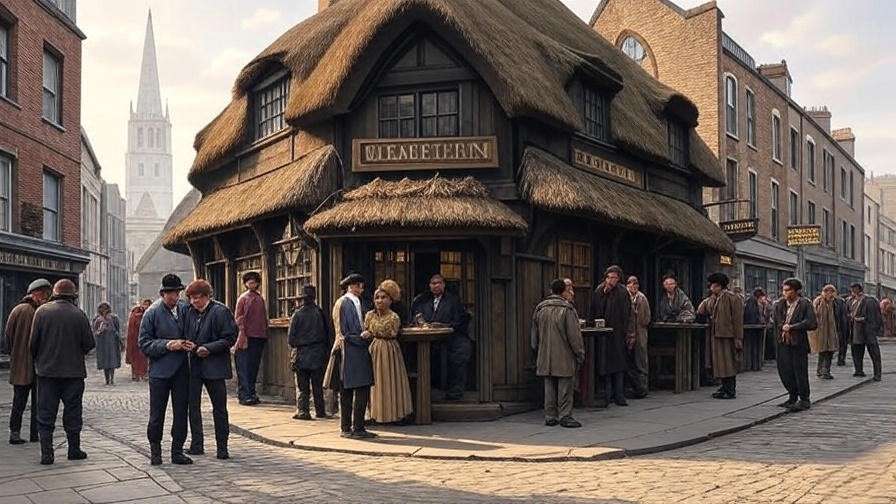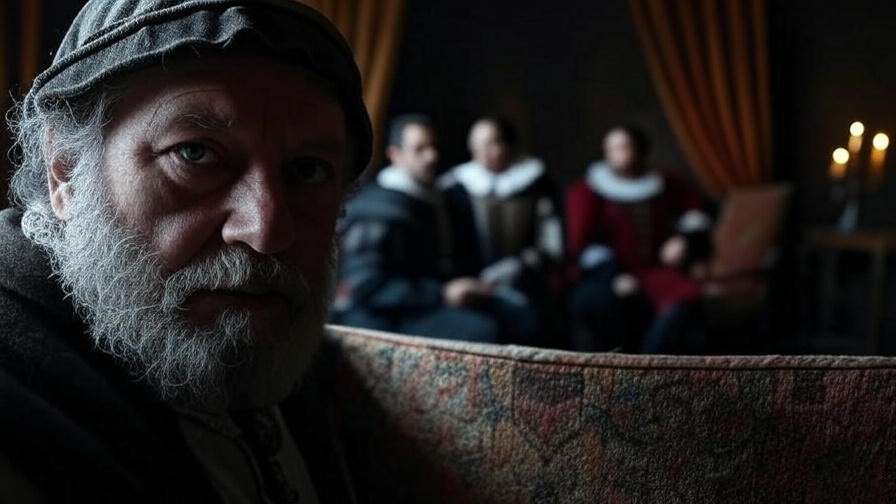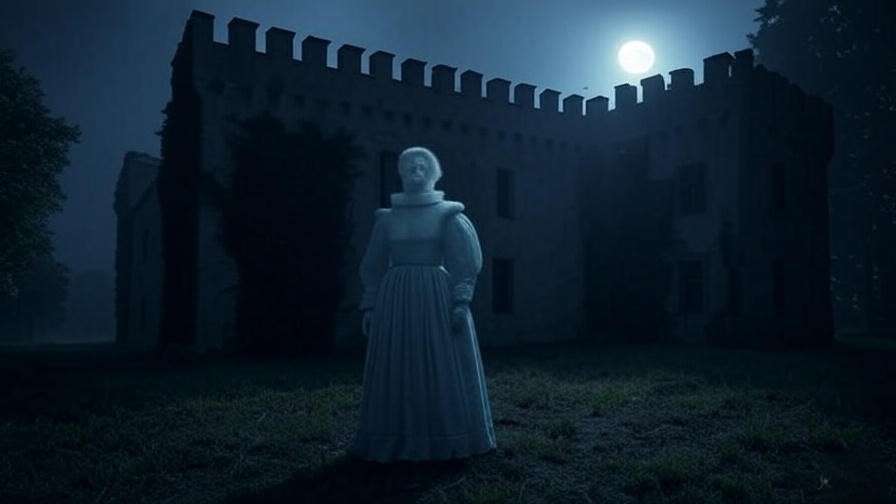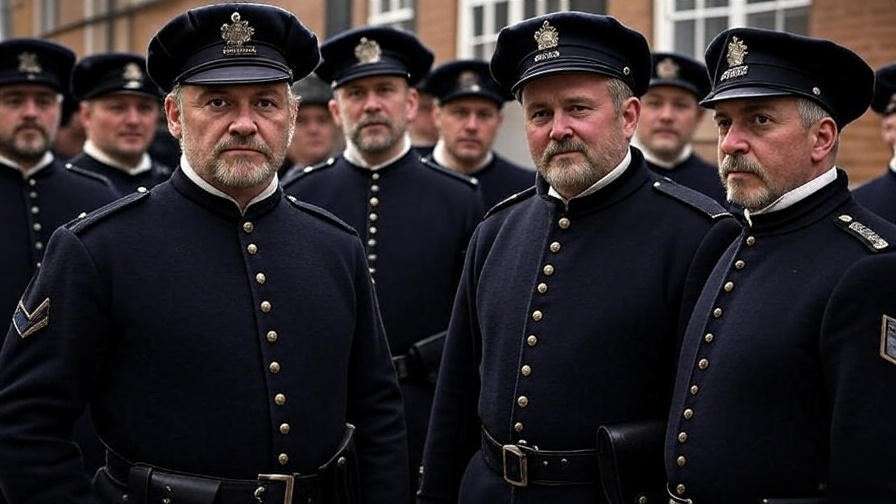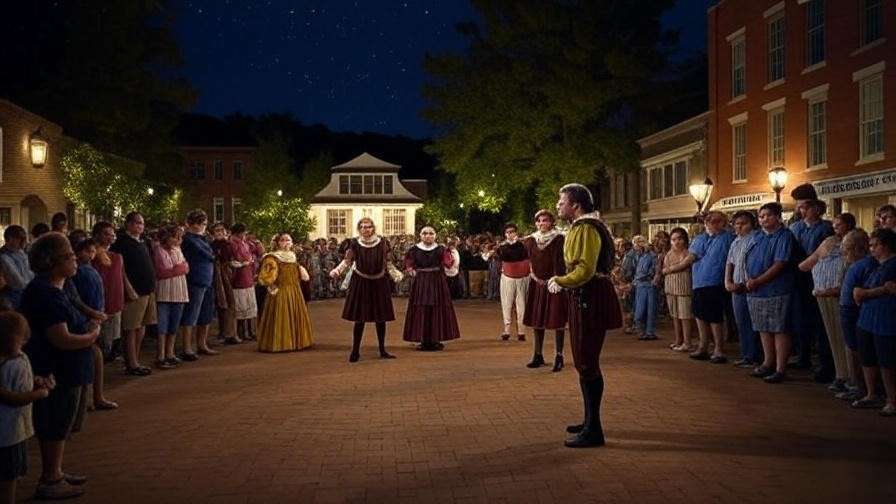What if a single act of a play could unravel a man’s soul, expose a king’s guilt, and propel a tragedy toward its inevitable climax? Act 3 of William Shakespeare’s Hamlet does just that, serving as the heartbeat of this iconic tragedy. This Hamlet Act 3 summary dives deep into the pivotal moments where betrayal, madness, and moral dilemmas collide, offering a clear and engaging breakdown for students, theater enthusiasts, and Shakespeare scholars. Whether you’re studying for an exam, preparing for a performance, or seeking a deeper understanding of Shakespeare’s masterpiece, this comprehensive guide illuminates Act 3’s key scenes, characters, themes, and historical context, enriched with expert insights and modern relevance.
Why Act 3 Is the Heart of Hamlet’s Tragedy
The Dramatic Shift in Tone and Action
Act 3 of Hamlet marks a seismic shift from introspection to action, transforming the play’s pacing and tone. Up until this point, Hamlet wrestles with grief, doubt, and the ghost’s command to avenge his father’s murder. In Act 3, he takes bold steps—staging a play to confirm Claudius’s guilt and confronting his mother, Gertrude—while his impulsive killing of Polonius sets the tragedy on an irreversible course. According to literary critic Harold Bloom, Act 3 is the fulcrum of Hamlet’s psychological journey, where his inner turmoil manifests in decisive, if flawed, actions. This shift captivates audiences, as Hamlet’s plans unravel with both brilliance and chaos.
Themes Introduced or Amplified in Act 3
Act 3 amplifies Hamlet’s core themes: revenge, madness, betrayal, and mortality. Hamlet’s feigned madness—whether genuine or strategic—deepens the tension, while Claudius’s betrayal of King Hamlet haunts the court. The theme of mortality, crystallized in the “To be or not to be” soliloquy, forces readers to confront life’s ultimate questions. These themes resonate universally, reflecting modern struggles with ethical dilemmas, mental health, and family conflict. For example, Hamlet’s indecision mirrors the paralysis many feel when facing high-stakes decisions today, making Act 3 a timeless exploration of the human condition.
Scene-by-Scene Summary of Hamlet Act 3
Scene 1: The Iconic “To Be or Not to Be” Soliloquy
Act 3, Scene 1 opens with Hamlet’s most famous soliloquy: “To be, or not to be, that is the question.” Alone on stage, he contemplates existence, weighing the pain of life against the fear of death’s “undiscovered country.” This introspective moment reveals Hamlet’s existential crisis, questioning whether enduring life’s hardships or embracing death is nobler. Meanwhile, Claudius and Polonius spy on Hamlet’s interaction with Ophelia, hoping to discern his madness. Hamlet’s harsh rejection of Ophelia—“Get thee to a nunnery”—suggests both his feigned madness and genuine anguish over her perceived betrayal. Literary scholar A.C. Bradley calls this soliloquy a “philosophical summit,” encapsulating Hamlet’s struggle with purpose and morality. For students, this scene is a treasure trove of quotable lines and thematic depth, ideal for essays on Hamlet’s psychological complexity.
Scene 2: The Play-Within-a-Play and Claudius’s Reaction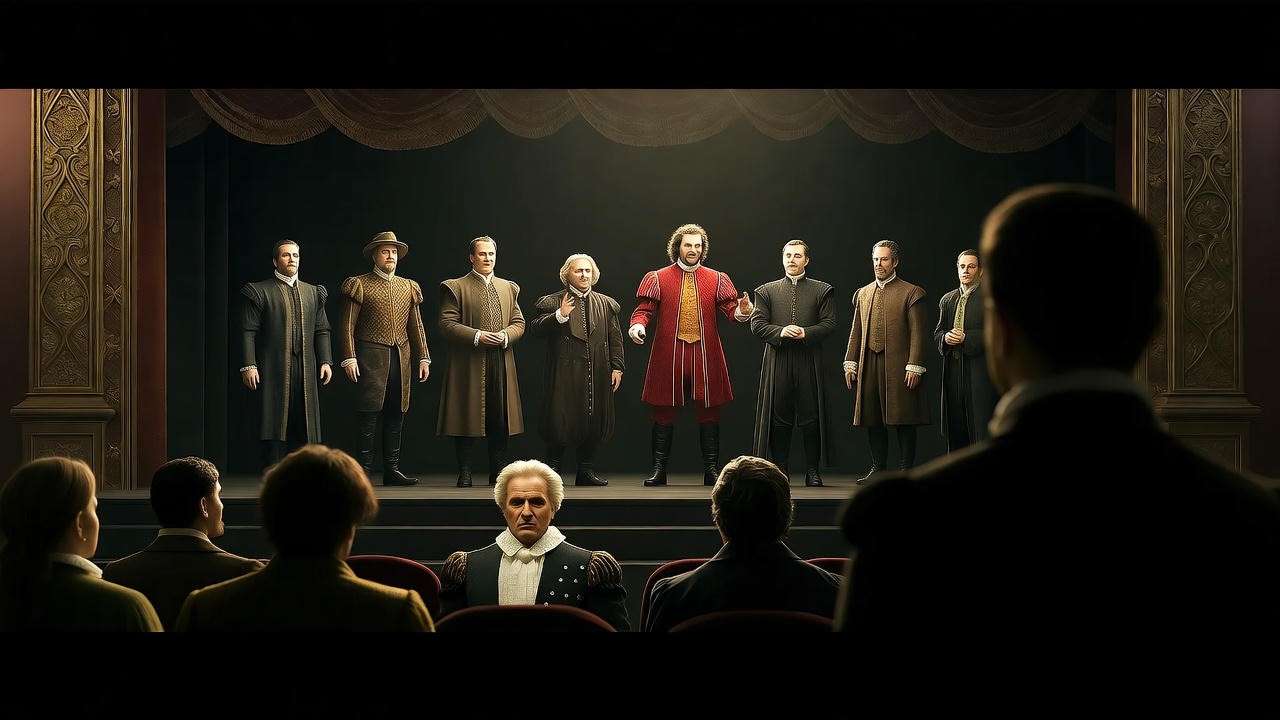
In Scene 2, Hamlet stages The Murder of Gonzago, a play mirroring King Hamlet’s murder, to “catch the conscience of the king.” This ingenious tactic showcases Hamlet’s intelligence, using art to provoke truth. As the actors perform, Claudius’s agitation betrays his guilt, confirming the ghost’s accusations. Hamlet’s commentary during the play, laced with biting wit, heightens the tension. This scene’s brilliance lies in its meta-theatricality—Shakespeare uses a play to explore the power of performance, a concept echoed in modern media like psychological thrillers. The scene also marks a turning point, as Hamlet’s suspicions are validated, pushing him closer to action.
Scene 3: Claudius’s Confession and Hamlet’s Hesitation
Scene 3 offers a rare glimpse into Claudius’s soul as he confesses his crime in a private soliloquy: “O, my offence is rank, it smells to heaven.” Kneeling in prayer, he seeks forgiveness but admits his inability to repent fully. Hamlet, observing this, hesitates to kill him, fearing that striking during prayer would send Claudius’s soul to heaven—a fate too merciful for a murderer. This moment underscores Hamlet’s moral complexity and the Elizabethan belief that death during prayer ensures salvation. For modern readers, this scene raises questions about justice and vengeance, reflecting contemporary debates on morality in conflict.
Scene 4: The Closet Scene and Polonius’s Death
The climactic Scene 4, often called the “closet scene,” unfolds in Gertrude’s chamber, where Hamlet confronts his mother about her hasty remarriage to Claudius. His accusations are fierce, accusing her of complicity in betrayal and moral decay. Unbeknownst to Hamlet, Polonius hides behind a tapestry, eavesdropping. When Hamlet mistakes Polonius’s cry for Claudius, he impulsively stabs through the curtain, killing the old counselor. This shocking act marks Hamlet’s first violent step, spiraling the play toward tragedy. Feminist critics, like Elaine Showalter, argue this scene highlights Gertrude’s limited agency, caught between her son’s rage and her husband’s ambition. The emotional intensity and moral ambiguity make this scene a cornerstone of Act 3’s dramatic power.
Key Characters and Their Development in Act 3
Hamlet: From Contemplation to Action
Act 3 transforms Hamlet from a brooding philosopher to a man of action, albeit flawed. His orchestration of the play-within-a-play reveals his strategic brilliance, while his impulsive killing of Polonius exposes his recklessness. This duality—genius paired with instability—defines Hamlet’s character arc. His soliloquies, particularly “To be or not to be,” lay bare his inner conflict, inviting audiences to empathize with his struggle. For students, analyzing Hamlet’s evolution in Act 3 offers rich material for exploring themes of agency and consequence.
Claudius: The Villain’s Vulnerability
Claudius emerges as a complex villain in Act 3, his guilt and fear exposed through his reaction to the play and his confessional soliloquy. Far from a one-dimensional antagonist, he grapples with remorse, yet his ambition prevents true repentance. This humanizes Claudius, making him a compelling foil to Hamlet. His vulnerability in Scene 3 contrasts with his calculated demeanor elsewhere, adding depth to Shakespeare’s portrayal of power and corruption.
Ophelia and Gertrude: Women in Crisis
Act 3 places Ophelia and Gertrude at the heart of emotional turmoil. Ophelia, manipulated by Polonius and Claudius, faces Hamlet’s rejection, which devastates her fragile mental state. Her descent foreshadows her tragic fate in Act 4. Gertrude, meanwhile, navigates conflicting loyalties between Hamlet and Claudius, her silence in the closet scene suggesting guilt or confusion. These gendered dynamics resonate with modern discussions of women’s agency, offering readers a lens to explore Shakespeare’s treatment of female characters.
Historical and Cultural Context of Act 3
Elizabethan Theater and Audience Expectations
In Elizabethan theaters, Act 3 of Hamlet thrilled audiences with its blend of introspection and action. Soliloquies like “To be or not to be” engaged playgoers directly, while the play-within-a-play captivated them with its dramatic irony. Shakespeare’s use of asides and meta-theatrical elements catered to an audience accustomed to interactive, immersive performances. Understanding this context enhances appreciation of Act 3’s pacing and structure.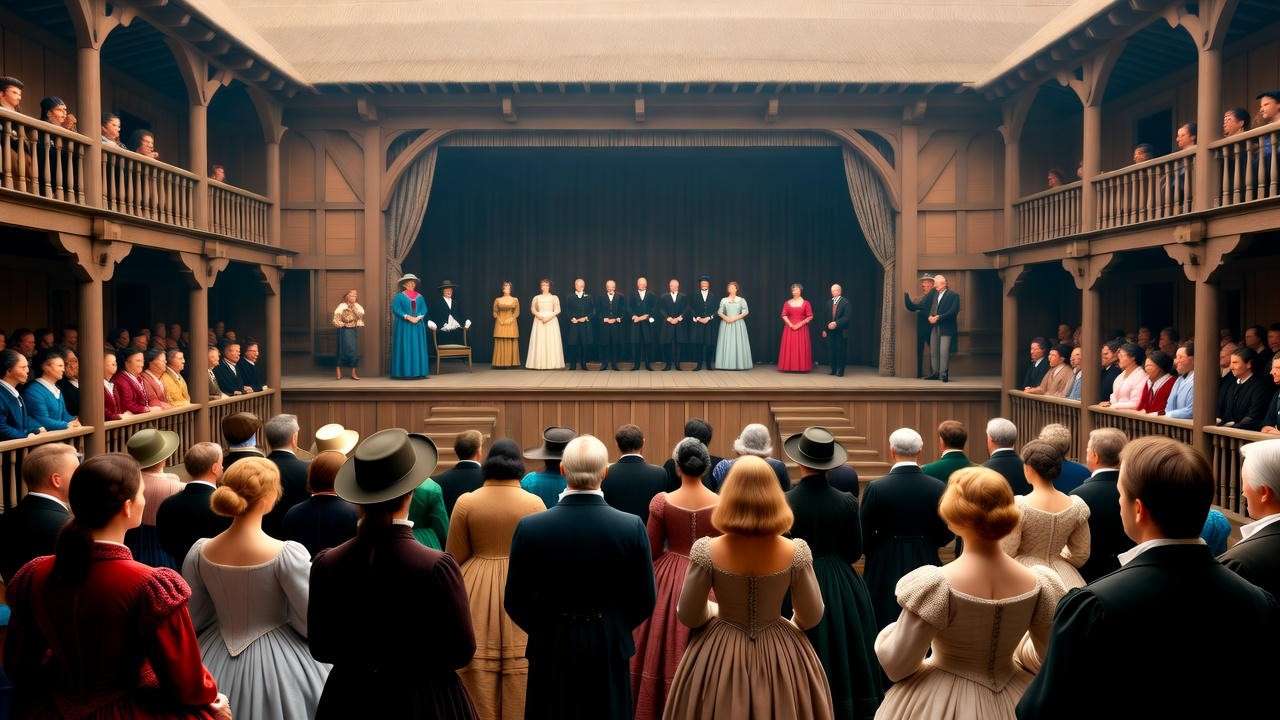
Religious and Philosophical Undertones
Act 3’s moral dilemmas reflect Elizabethan religious debates, particularly between Catholic and Protestant views on revenge and salvation. Hamlet’s hesitation to kill Claudius during prayer stems from fears of divine judgment, a concern rooted in the era’s theology. Shakespeare also drew on philosophical works like Montaigne’s essays, which explored human uncertainty and mortality—ideas central to Hamlet’s soliloquies. This historical backdrop enriches the play’s intellectual depth.
Shakespeare’s Innovations in Act 3
Shakespeare’s mastery in Act 3 lies in his psychological realism and dramatic pacing. By blending introspection with high-stakes action, he revolutionized tragedy, influencing modern drama. Theater historian Emma Smith notes that Act 3’s innovative structure—culminating in Polonius’s death—sets a template for psychological thrillers, making Hamlet a precursor to contemporary storytelling.
Literary Devices and Techniques in Act 3
Soliloquies and Monologues
Shakespeare’s use of soliloquies in Act 3, particularly Hamlet’s “To be or not to be” and Claudius’s confessional speech, showcases his rhetorical genius. These monologues, written in iambic pentameter, pulse with emotional and philosophical depth. For instance, Hamlet’s soliloquy employs metaphors like “slings and arrows of outrageous fortune” to convey life’s burdens, while Claudius’s “my offence is rank” uses visceral imagery to depict guilt. These speeches not only advance the plot but also invite audiences into the characters’ minds, a technique that remains a hallmark of Shakespeare’s craft. For students, analyzing these soliloquies offers a window into Shakespeare’s stylistic mastery, with key lines ripe for memorization and discussion.
Dramatic Irony and Foreshadowing
Act 3 brims with dramatic irony, heightening its tension. The audience, privy to Claudius’s guilt via the ghost’s revelation, watches him squirm during the play-within-a-play, a moment of delicious suspense. Similarly, Polonius’s decision to spy behind the tapestry foreshadows his death, a tragic consequence of his meddling. Shakespeare also plants subtler foreshadowing, such as Hamlet’s erratic behavior hinting at the chaos to come in Acts 4 and 5. These devices keep readers and viewers engaged, rewarding close attention with deeper insights into the play’s tragic arc.
Symbolism and Imagery
Act 3 is rich with symbolism and imagery that amplify its themes. The play-within-a-play serves as a symbolic mirror, reflecting Claudius’s crime and exposing truth through art. Recurring imagery of decay—seen in Hamlet’s references to “rotten” Denmark—underscores the moral corruption permeating the court. The tapestry behind which Polonius hides symbolizes secrecy and deception, a fitting backdrop for his demise. These elements, woven seamlessly into the dialogue, invite literary analysis and enhance the play’s emotional resonance, making Act 3 a focal point for exploring Shakespeare’s symbolic craft.
Why Act 3 Resonates with Modern Audiences
Universal Themes of Betrayal and Identity
Act 3’s exploration of betrayal, identity, and moral ambiguity strikes a chord with modern audiences. Hamlet’s struggle with his role as avenger mirrors contemporary experiences of grappling with personal or professional dilemmas. His feigned madness raises questions about mental health, a topic increasingly relevant today. Similarly, Claudius’s guilt and Gertrude’s conflicted loyalty reflect universal family tensions, making Act 3 relatable across centuries. For example, Hamlet’s indecision parallels the modern phenomenon of “analysis paralysis,” where fear of failure stalls action, offering readers a lens to reflect on their own choices.
Adaptations and Pop Culture Influence
Act 3’s dramatic intensity has inspired countless adaptations, from Kenneth Branagh’s 1996 film, which vividly captures the play-within-a-play, to Mel Gibson’s 1990 portrayal of Hamlet’s raw emotion in the closet scene. Modern retellings, like the TV series Sons of Anarchy, draw on Hamlet’s themes of revenge and family betrayal, with Act 3’s pivotal moments as a narrative blueprint. These adaptations highlight Act 3’s enduring appeal, as its psychological depth and high-stakes drama resonate in film, theater, and literature. For enthusiasts, exploring these adaptations can deepen appreciation of Shakespeare’s influence on pop culture.
Educational Value for Students and Scholars
For students and scholars, Act 3 is a goldmine for literary analysis. Its rich themes, complex characters, and quotable lines make it a staple in classrooms and academic discussions. Teachers often focus on the “To be or not to be” soliloquy for its philosophical weight, while the closet scene sparks debates about Hamlet’s relationship with Gertrude. Study tips for students include memorizing key quotes, such as “The lady doth protest too much, methinks,” and analyzing Hamlet’s motivations through a psychological or historical lens. This scene-by-scene breakdown equips readers with the tools to excel in essays or class discussions.
Common Questions and Misconceptions About Act 3
Is Hamlet Truly Mad in Act 3?
The question of Hamlet’s madness—feigned or real—dominates Act 3 discussions. Evidence suggests he strategically plays the “antic disposition” to confuse his enemies, as seen in his lucid planning of the play-within-a-play. Yet, his erratic behavior, particularly in the closet scene, hints at genuine emotional strain. Scholars like Stephen Greenblatt argue that Hamlet’s madness is a blend of performance and psychological unraveling, reflecting the complexity of his character. For readers, this ambiguity invites debate, making Act 3 a compelling study in human behavior.
Why Doesn’t Hamlet Kill Claudius in Scene 3?
Hamlet’s hesitation to kill Claudius during his prayer in Scene 3 puzzles many readers. His reasoning—that killing Claudius in a state of grace would send him to heaven—stems from Elizabethan beliefs about salvation and divine judgment. This moment highlights Hamlet’s moral scrupulousness, distinguishing him from a mere revenge-driven hero. For modern audiences, it raises ethical questions about justice versus vengeance, offering a nuanced perspective on conflict resolution.
What Is the Significance of the Play-Within-a-Play?
The play-within-a-play, The Murder of Gonzago, is a masterstroke of dramatic strategy. Hamlet uses it to confirm Claudius’s guilt, leveraging art to expose truth. This meta-theatrical device not only advances the plot but also underscores Shakespeare’s fascination with performance as a tool for revelation. For students, analyzing this scene reveals how Shakespeare manipulates audience expectations, making it a key moment for understanding Hamlet’s narrative structure.
FAQs
What is the main event in Hamlet Act 3?
Act 3’s main events include the play-within-a-play, which confirms Claudius’s guilt, and Polonius’s accidental death, which accelerates the tragedy. These moments shift the play from contemplation to irreversible action.
Why is the “To be or not to be” soliloquy so famous?
The soliloquy’s fame lies in its universal exploration of life, death, and human purpose. Its poetic beauty and philosophical depth make it one of Shakespeare’s most quoted passages.
How does Act 3 set up the rest of the play?
Act 3’s events—Claudius’s confirmed guilt, Polonius’s death, and Hamlet’s confrontation with Gertrude—propel the plot toward its tragic climax, escalating tensions and setting the stage for further conflict.
What are the key themes in Hamlet Act 3?
Key themes include revenge, madness, betrayal, and mortality, each explored through Hamlet’s actions, Claudius’s guilt, and the emotional turmoil of Ophelia and Gertrude.
Act 3 of Hamlet is the emotional and dramatic core of Shakespeare’s tragedy, where pivotal moments like the “To be or not to be” soliloquy, the play-within-a-play, and Polonius’s death reshape the narrative. This Hamlet Act 3 summary has unpacked these scenes, characters, and themes, offering insights for students, enthusiasts, and scholars. By blending historical context, literary analysis, and modern relevance, we’ve illuminated why Act 3 remains a timeless exploration of human complexity. Dive deeper into Hamlet by re-reading Act 3, exploring our related articles on Shakespeare’s tragic heroes, or sharing your thoughts on Hamlet’s choices in the comments below.


